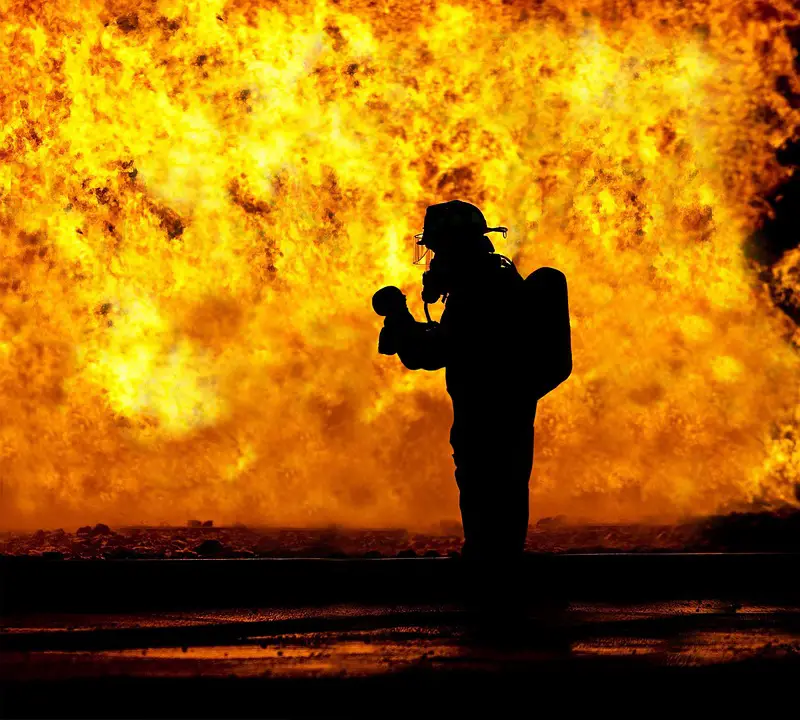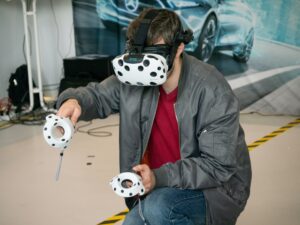Victorian volunteer firefighters are all set to receive VR training to be rolled out throughout the state.
Flaim Systems and Deakin University developed this virtual reality training. It has been designed to simulate serious fire scenarios like grass fires, plane fires, and house fires. The VR system uses a mixture of actual firefighting equipment like hose reels, breathing apparatuses, and automated sense-perception tools such as heat pads to simulate the sensory feelings and visuals of being in a real fire.
The VR training program has two parts – Flaim Extinguisher and Flaim Trainer. The training program will be rolled out to train more than 30,000 firefighters.
Lisa Neville, Minister for Police and Emergency Services, Victoria said that the VR training program would help firefighters learn new skills.
“It will give our hard-working volunteer firefighters the ability to extend their skills without exposing them to danger, and allow the CFA to expand its practical training to include more complex scenarios, such as aeroplane fires, without the costs of acting out this scenario in real life. We’re ensuring our emergency services have the tools and resources they need to keep the community safe — this includes significant investment in the training capabilities of our volunteers on the frontline.” – Lisa Neville.
The rollout of the virtual reality training is funded via an AU$60 million investment by the government of Victoria’s 2017 Fire Services Statement.
The VR training follows in the tracks of QFES (Queensland Fire and Emergency Services), which used a virtual reality training program in 2020 to help train firefighting.
Queensland Fire and Emergency Services praised the use of virtual reality would money.
“Each compartment burn can range from AU$5,000 to AU$10,000 to organise, so we’re reducing at least three-quarters straight up. It also takes time to get people in gear for it … [and] following these burns compartments, a cleaning and decontamination process is required, which can add to the time factor.” – Bruce Budge, QFES inspector.
Follow us on LinkedIn
Read other Articles




